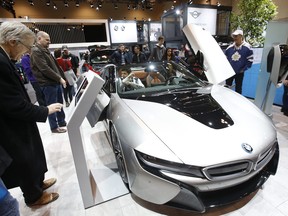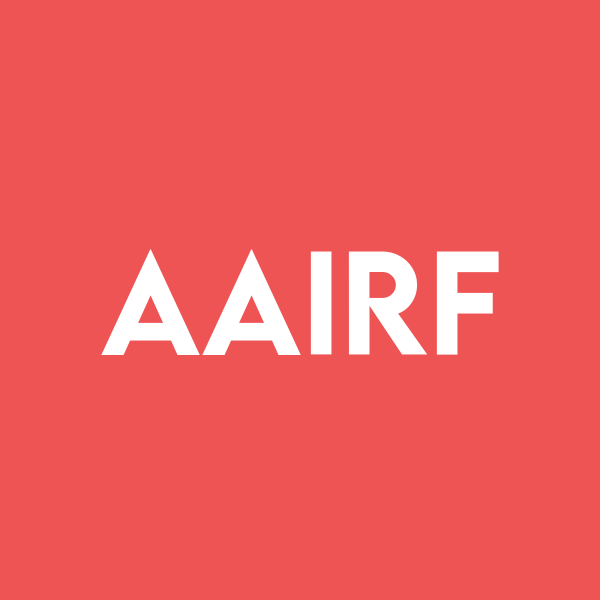Gambling
Here’s what’s in the Mass. Senate’s $57.9B billion budget plan

Democrats who control the state Senate finally joined the state’s annual budget derby on Tuesday, unveiling a $57.9 billion spending plan that pumps more money into schools, transit and local assistance — without raising taxes.
Democratic leaders have been dribbling out sneak previews of their fiscal blueprint for the new fiscal year that starts July 1. On Monday, they were in Lowell, where they unveiled a $75.5 million expansion of the state’s existing free community college program, extending it to all students.
The plan represents “the Senate’s vision for an affordable, equitable and competitive commonwealth,” Senate President Karen Spilka, D-Middlesex/Norfolk, said during a mid-morning briefing.
The budget “welcomes the very youngest residents to child care facilities so they can learn, and their parents can go back to work,” Spilka said. “It welcomes young adults who thought they would never have a chance for a college education.”
The Senate’s blueprint, which is about $5 million less than the nearly $58 billion budget the majority-Democrat House approved last month, also provides the commonwealth’s 351 cities and towns with the “funding they need for their communities to thrive,” Spilka said.
Here are the big things to know about the spending plan, which the Senate plans to debate starting May 20.
The Senate’s $57.9 billion budget for the new fiscal year that starts July 1, and runs until June 30, 2025, represents a $1.8 billion, or 3.3% increase, over current, approved spending, Senate Ways & Means Committee Chairperson Michael Rodriques, D-1st Bristol/Plymouth, said Tuesday.
The Senate’s proposal is about $5 million less than the plan approved by the House last month − but less than the $58 billion budget proposal that Democratic Gov. Maura Healey unveiled earlier this year.
Like the House and Healey, the Senate’s plan calls for spending $1.3 billion in anticipated revenue from the state’s so-called “Millionaire’s Tax,” an extra 4% levy on anyone earning $1 million a year or more.
But each chamber and the administration break up that spending in different ways.
Healey’s budget calls for spending $750 million in so-called “Fair Share” revenue on education, with $550 million earmarked for transportation-related projects.
The House’s budget splits that money, with $695 million going to education spending and $605 million for transportation. The Senate earmarks $735 million for education and $565 million for transportation under its proposal.
A screen grab from the Super Bowl ad by the Massachusetts State Lottery. Photo by Massachusetts State LotteryMassachusetts State Lottery
None of the spending plans the Legislature and Healey advanced call for broad-based tax increases.
Healey, however, has proposed giving cash-strapped municipal governments the option of raising local taxes on restaurant meals, hotel stays and cars.
The Senate’s version of the budget notably does not include those so-called “local option” taxes, Rodriques said Tuesday.
Like the House and Healey, the Senate’s spending plan also calls for new and one-time revenue sources totaling $1.15 billion. Unlike the House and Healey, however, the Senate’s bill does not authorize online Lottery sales, which would have garnered $100 million.
But, in a dose of good news for Lottery players, the Senate’s spending proposal does call for allowing people to use their debit cards, instead of just cash, to purchase tickets. Rodriques pegged the increased revenue from that change at around $25 million.
Asked why the Senate had decided against online sales, Rodriques said the state wouldn’t see the revenue from the authorization for 14 months. He also pointed to concerns from brick-and-mortar retailers, who have said it could eat into their sales.
Families sleeping at Boston’s Logan Airport on Monday, March 11, 2024.Luis Fieldman
The Democrats’ spending plan calls for $325.3 million for the state’s stretched emergency shelter system.
Coupled with the $175 million approved in a supplemental budget, that brings the total spend to $500 million, which is less than the $915 million in need that’s been estimated by Healey’s office.
Speaking to reporters on Tuesday, Rodriques said that money “should fund the shelter program into the next calendar year,” adding that he anticipates lawmakers will have to revisit the funding question in 2025.
“We want to keep the pressure on the administration to make [the system] more efficient and more affordable,” the Senate’s chief budget writer said. “We’re saying ‘Make it work.’ If they can’t make it work, they need to come back to us and justify why they can’t make it work.”
Like Healey and House Democrats, Rodriques said policymakers in Washington need to step up to help states such as Massachusetts, which are dealing with an influx of new arrivals.
“There is an election in November,” he said. “We’re hoping that, post-election, the federal government will come to its senses. Immigration is controlled by the federal government … all these legal migrants came to Massachusetts as a result of federal policy and the feds need to step up and support the policies they have implemented.

The Senate’s spending plan calls for $1.58 billion to expand access and affordability for child care.Getty Images
The Senate’s spending plan calls for $1.58 billion to expand access and affordability for child care, including $475 million for the Commonwealth Cares for Children grant program, which assists providers with workforce and operational needs.
It also calls for $80 million to expand income-eligible child care to families who make up to 85% of the state’s median income of $94,488, according to Census data.
The spending plan also rolls in $18.5 million in grants to Head Start programs and $5 million for childhood mental health programs, according to a summary provided by Rodriques’ office.
For K-12 students, the Democrats’ budget proposal would spend $6.9 billion dedicated to so-called “Chapter 70″ funding, which is the main way Massachusetts pays for public education.
It also calls for fully funding the fourth year of the state’s Student Opportunity Act, which requires the state to equitably fund its public schools over seven years.
The spending proposal also sets aside, among other things, $15 million in state aid to Massachusetts’ rural school districts and $13.1 million for dual-enrollment programs, which allow high school students to earn college credit as they attend their regular classes.
The Democrats’ spending plan calls for spending a total of $117.5 million on free community college for all state residents; $105 million on financial aid expansion, and $10 million on “college and university wraparound supports.” All those initiatives would be funded through “Millionaire’s Tax” revenue.
The Senate budget also provides a $760.5 million appropriation for the University of Massachusetts system; $380.7 million for the state’s 15 community colleges, and $366.7 million for the commonwealth’s nine state universities, according to the summary provided by Rodriques’ office.

A red line MBTA subway train in Alewife station in Cambridge, Mass.Nicole Simmons/MassLive
The Senate Democrats’ plan would take $127 million in “Millionaire’s Tax” revenue to double state support for the MBTA.
It also calls for $66 million for direct operating support to regional transit agencies; $23 million for means-tested fares at the MBTA; $40 million for free fares for the regional transit agencies, and $24.5 million for Commuter Rail capital improvements, according to the analysis provided by Rodriques’ office.
“We’re making great strides,” Rodriques said of the funding challenges facing the T. “The gap is vast.”









